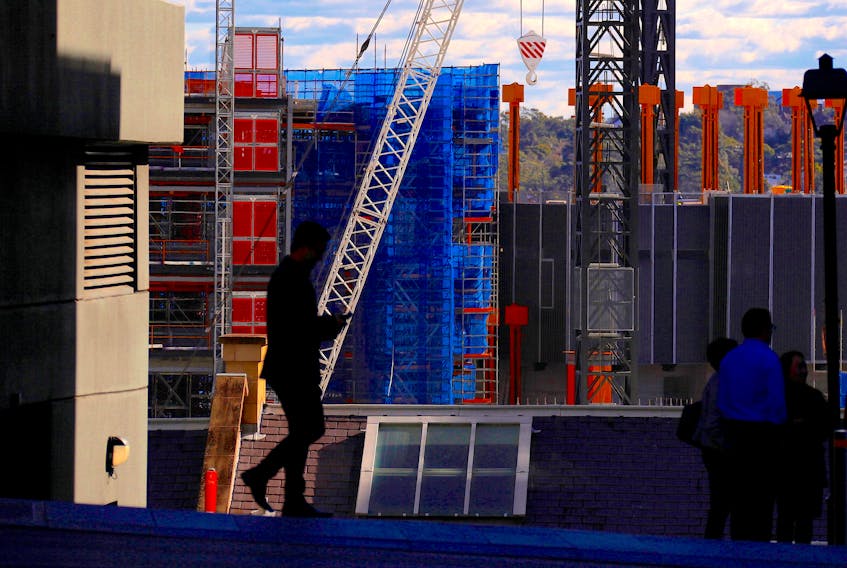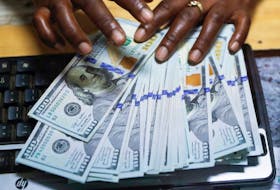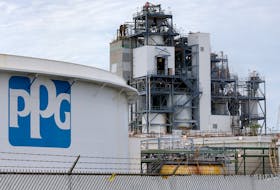By Swati Pandey
SYDNEY (Reuters) - Australia's central bank will assess global and domestic developments including the state of the country's labor market before cutting interest rates further, minutes of its September meeting showed, putting the onus on the unemployment rate to improve.
Minutes of the Reserve Bank of Australia's (RBA) Sept.3 meeting released on Tuesday showed it would consider further rate cuts if necessary to support growth and achieve its 2% to 3% inflation target.
"Members would assess developments in both the international and domestic economies, including labor market conditions, and would ease monetary policy further if needed," the minutes showed.
The RBA cut rates in June in its first easing in nearly three years and lowered them again in July.
It left rates at all-time lows of 1% earlier this month, and re-iterated its forward guidance, saying "it was reasonable to expect an extended period of low interest rates in Australia."
Financial markets <0#YIB:> are fully priced for another rate cut to 0.75% by year-end, and to 0.5% by early 2020.
"The minutes make a fairly clear case for another rate cut in 2019," Westpac chief economist Bill Evans said, predicting the next move will be in October.
Expectations that rates will remain low for longer and a broader investor move away from riskier assets sent the local dollar
Tuesday's minutes showed board members were concerned about the escalating Sino-U.S. trade war, which poses risks to global growth.
On domestic issues, they discussed labor market spare capacity, noting Australia could sustain lower levels of unemployment and underemployment.
The RBA also sounded less hopeful about wages, saying the "upward trend in wages growth appeared to have stalled."
Additionally, the bank's own liaison program with retailers showed consumers were still holding back as the boost from government tax rebates had yet to lift sales in a meaningful way.
"The RBA's September board minutes confirmed a clear easing bias," said RBC economist Su-lin Ong. "The more dovish tinge was evident throughout the entire set of minutes."
Australia's A$1.9 trillion economy has dodged recession since the early 1990s but has now hit a soft spot with growth slowing, inflation and wage growth lukewarm, consumer spending sluggish and unemployment gradually ticking higher.
Since the RBA's board meeting, surveys of business and consumer sentiment have weakened in a worrying sign.
Investors are now squarely focused on August employment data due on Thursday which is likely to show the jobless rate rising to 5.3% from 5.2% and compared with the RBA's goal of 4.5%.
One bright spot has been early signs of turnaround in the housing market, with both mortgage approvals and auction clearance rates climbing.
House prices could rise further as data on residential building approvals and information from the RBA's liaison program suggested near-term weakness in new high-density dwelling investment.
"Members recognized that this could sow the seeds of an upswing in the housing price cycle at some point, particularly given the lengthy stages in the construction of higher-density residential housing," the minutes showed.
Since the RBA meeting, data on housing finance showed mortgage approvals for owner-occupier dwellings jumped the most in four years in July.
(Reporting by Swati Pandey; Editing by Kim Coghill)









